Elena Gryazina
Power System Anomaly Detection and Classification Utilizing WLS-EKF State Estimation and Machine Learning
Oct 01, 2022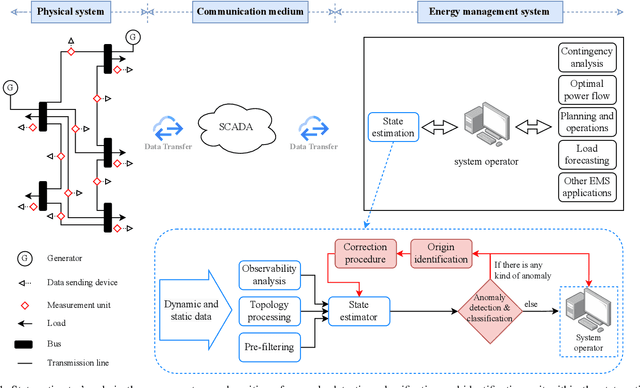
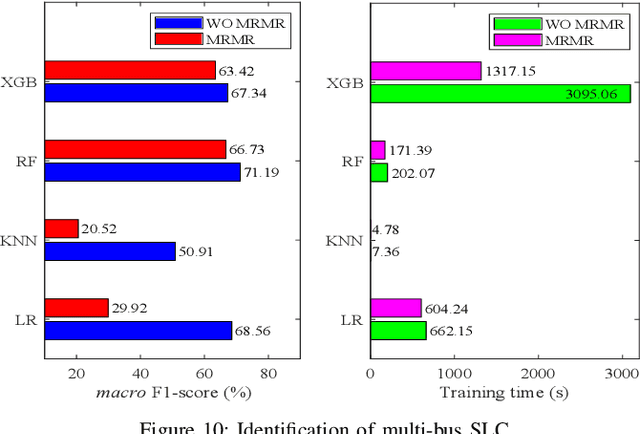
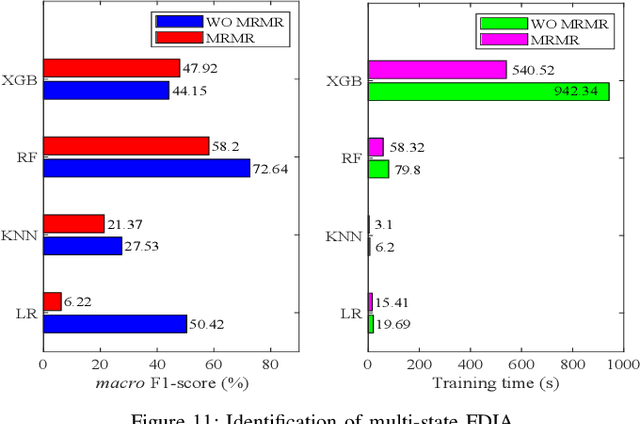
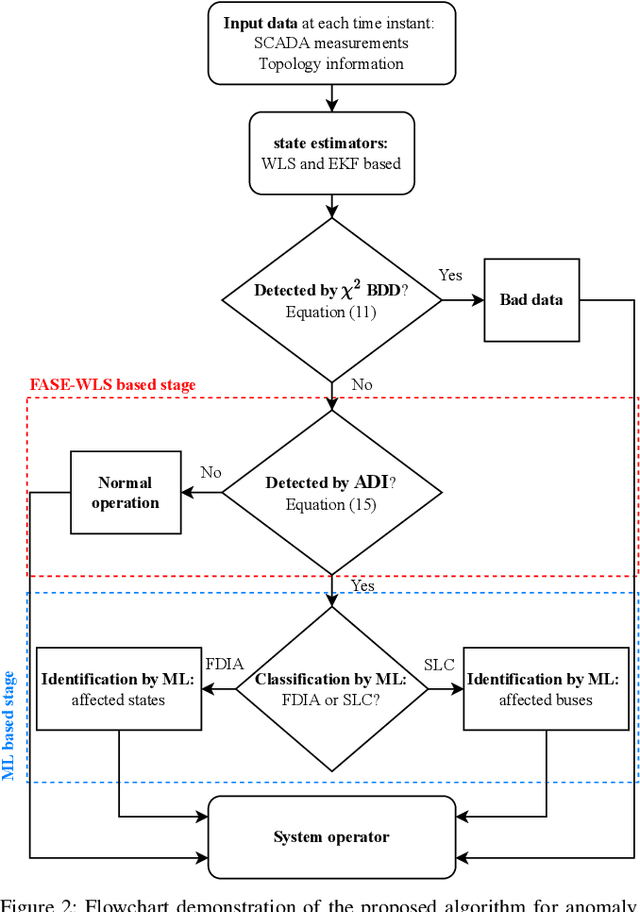
Abstract:Power system state estimation is being faced with different types of anomalies. These might include bad data caused by gross measurement errors or communication system failures. Sudden changes in load or generation can be considered as anomaly depending on the implemented state estimation method. Additionally, considering power grid as a cyber physical system, state estimation becomes vulnerable to false data injection attacks. The existing methods for anomaly classification cannot accurately classify (discriminate between) the above mentioned three types of anomalies, especially when it comes to discrimination between sudden load changes and false data injection attacks. This paper presents a new algorithm for detecting anomaly presence, classifying the anomaly type and identifying the origin of the anomaly, i.e., measurements that contain gross errors in case of bad data, or buses associated with loads experiencing a sudden change, or state variables targeted by false data injection attack. The algorithm combines analytical and machine learning (ML) approaches. The first stage exploits an analytical approach to detect anomaly presence by combining $\chi^2$-test and anomaly detection index. The second stage utilizes ML for classification of anomaly type and identification of its origin, with particular reference to discrimination between sudden load changes and false data injection attacks. The proposed ML based method is trained to be independent of the network configuration which eliminates retraining of the algorithm after network topology changes. The results obtained by implementing the proposed algorithm on IEEE 14 bus test system demonstrate the accuracy and effectiveness of the proposed algorithm.
COLD: Concurrent Loads Disaggregator for Non-Intrusive Load Monitoring
Jun 04, 2021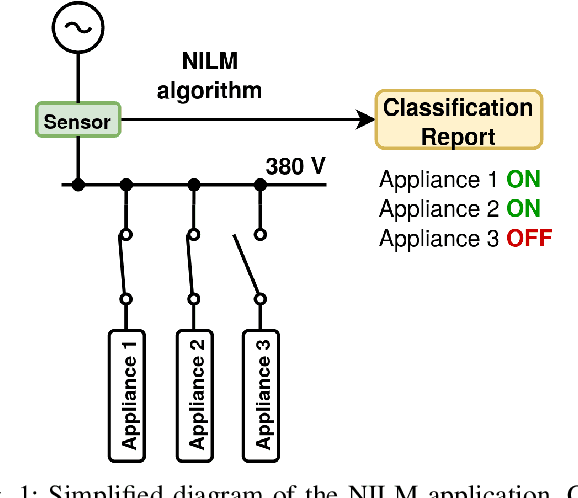
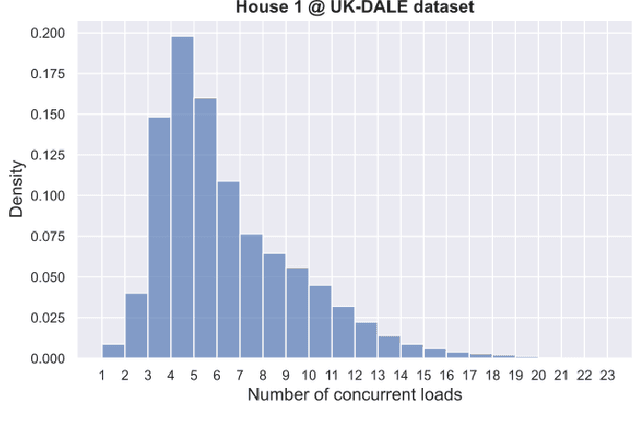
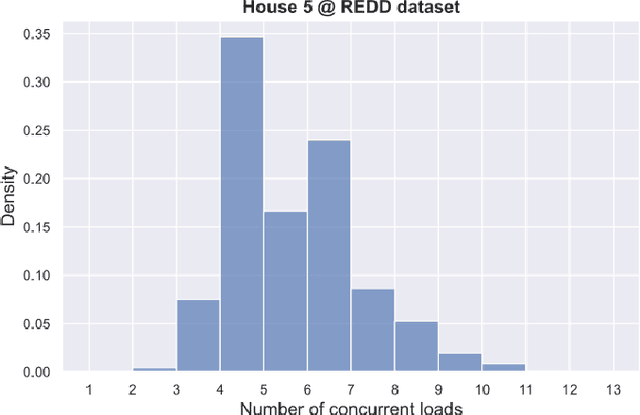
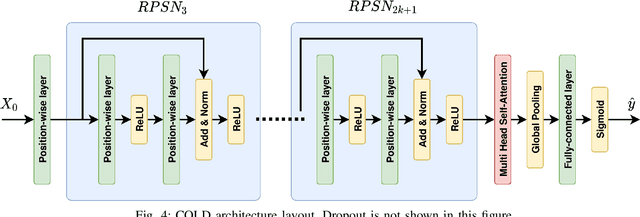
Abstract:The modern artificial intelligence techniques show the outstanding performances in the field of Non-Intrusive Load Monitoring (NILM). However, the problem related to the identification of a large number of appliances working simultaneously is underestimated. One of the reasons is the absence of a specific data. In this research we propose the Synthesizer of Normalized Signatures (SNS) algorithm to simulate the aggregated consumption with up to 10 concurrent loads. The results show that the synthetic data provides the models with at least as a powerful identification accuracy as the real-world measurements. We have developed the neural architecture named Concurrent Loads Disaggregator (COLD) which is relatively simple and easy to understand in comparison to the previous approaches. Our model allows identifying from 1 to 10 appliances working simultaneously with mean F1-score 78.95%. The source code of the experiments performed is available at https://github.com/arx7ti/cold-nilm.
 Add to Chrome
Add to Chrome Add to Firefox
Add to Firefox Add to Edge
Add to Edge